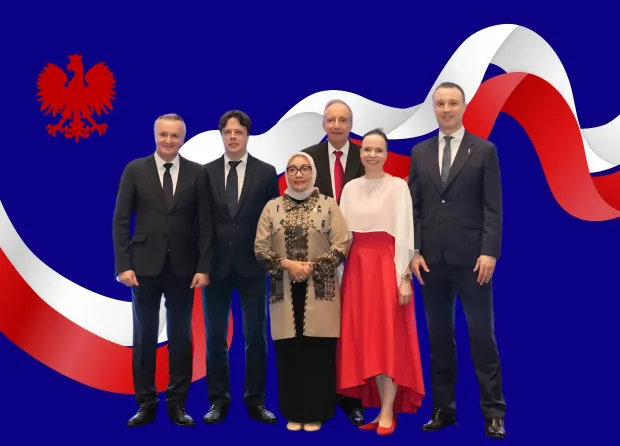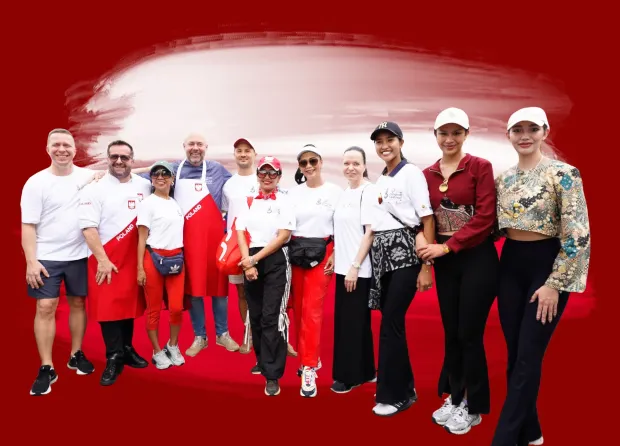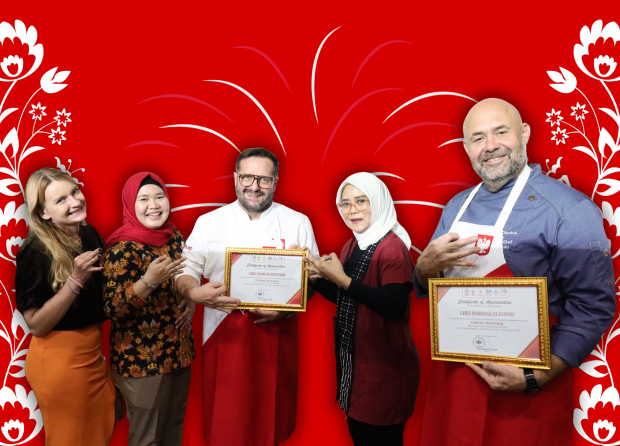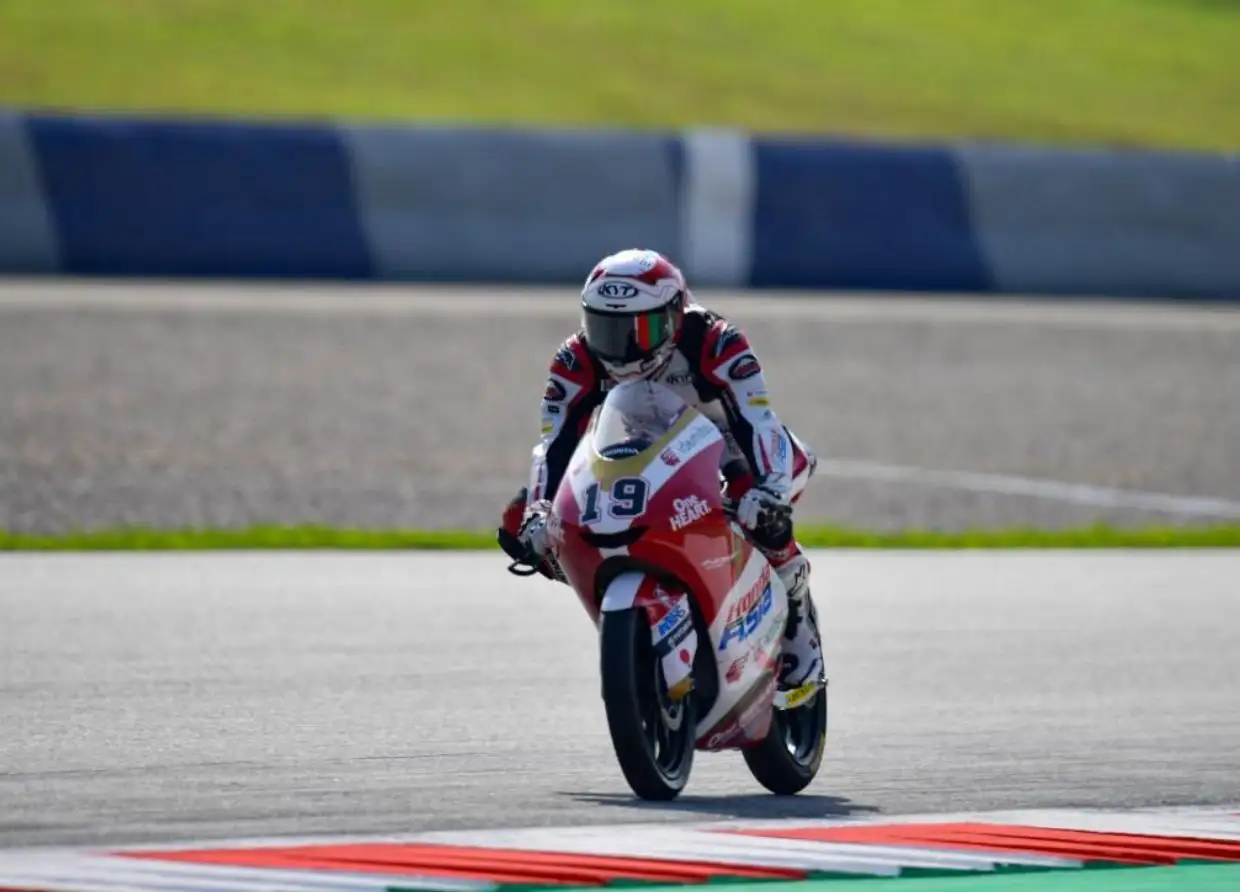NASA TO START PHASE 2 OF LUNAR RETURN CHALLENGE
NASA will open the second phase of its Watts on the Moon Challenge and offer $4.5 million in prizes.

NASA's plan for the return to the moon is called Artemis. It involves developing systems supporting habitation and mining on the lunar surface.
In the latest phase of its Watts on the Moon Challenge, NASA is offering $4.5 million (Rp 64.50 billion) in prizes to individuals who can develop a prototype that addresses the lunar surface's energy storage and power transmission needs. The challenge's goal is to develop technologies that can sustain humans on the moon after the mission.
Through the challenge, NASA encourages the public and industry to develop their own solutions that can be used to make the moon's return a success.
"Challenges like Watts on the Moon give us the chance to utilize the creativity of industry, academia, and the public to power our return to the moon," NASA's Space Technology Mission Directorate Jim Reuter said. "I look forward to seeing how their solutions may also have important applications here on Earth and help advance similar technologies for terrestrial application and commercialization."
View this post on Instagram
Phase 2 begins
Phase 1 of the challenge, which opened in September 2020, focused on developing energy-related solutions. For the contest, teams were tasked with coming up with an idea related to harvesting oxygen and water from a dark crater on the moon.
Now is Phase 2 for the challenge, and NASA invites previous participants to contribute again.
According to NASA's Glenn Research Center director Dr. Marla Pérez-Davis, the agency encourages private and academic institutions to submit their ideas. As part of the challenge, Glenn's engineers will also work with the public to develop new technologies related to space exploration.
"We encourage the academic and private sectors to submit entries or even join forces to do so," Dr. Pérez-Davis said. "Here at NASA Glenn, we design, develop, and test innovative technologies to advance NASA's missions in aeronautics and space exploration. As we lead this challenge, we look forward to many innovations to power operations on the moon and beyond."
NASA's Glenn Research Center is the lead organization for the challenge. It's also responsible for defining the goals and implementing the technology and infusion paths.
Phase 2: timeline and prizes
Phase 2 of the challenge will last for 30 months, and it will involve three phases of competition. Each competition level will have a judging panel that will evaluate the submitted materials.
View this post on Instagram
Seven teams from the first phase will advance to the second phase, where they will be given a part of a prize purse of up to $1.4 million (Rp 20.07 billion). Four teams from the second phase will advance to the third phase and be given a part of the prize purse of up to $1.6 million (Rp 22.93 billion).
In the third phase, the top two teams will be declared winners, and the first-place team will receive a $1 million (Rp 14.33 billion) prize, while the second-place will get $500,000 (Rp 7.17 billion).
#THE S MEDIA #Media Milenial


























